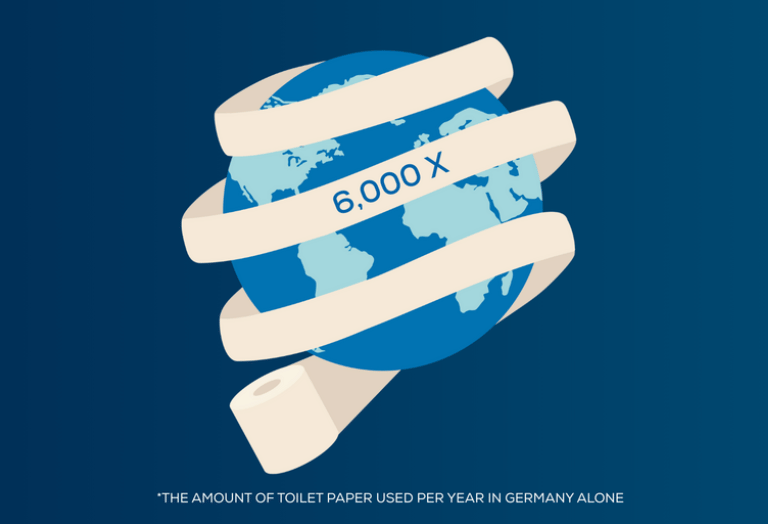

WEPA ESG REVIEW 2024
INTRODUCTION
WEPA has been a family-owned business since 1948, specialising in paper-based hygiene products that originated from Germany and have expanded into six countries. They are among the top 3 paper hygiene manufacturers in Europe with 14 production locations in Europe; Germany, Italy, France, Poland, the Netherlands, and the UK. They recently added an office in India to handle their IT and Digital infrastructure. In 2020, WEPA founded its own Foundation as part of its CSR initiative, which focuses on unique projects to support communities and environmental champions in the country. In 2024, WEPA raked in consolidated revenues of €1.8 billion. They have over 4,000 employees under their care, along with the communities, environment, consumers, and other stakeholders affected by their business operations along their supply chain. Sustainability is a strong foundation of their business operations. They have been voluntarily issuing sustainability reports since 2020 and have recently established a Sustainability Stakeholder Advisory Council consisting of independent advisors with rich backgrounds in corporate sustainability and ESG. Some of their notable accomplishments are their partnerships and awards - in 2024, they were awarded the German Sustainability Award in the Paper, Cardboard, and Paperboard Category. WEPA's emissions ambitions are set for reductions by 52.5% till 20230 and carbon neutrality by 2040. Overall WEPA has an impressive track record and this report aims to conduct a deep dive into their Sustainability Report for 2024 which was prepared in accordance with ESRS and will give us more insights into their ESG achievements, goals and future strategy - keeping in mind 1) their big dilemma of an energy and water intensive process that involves significant natural resources and 2) their ever growing portfolio of business operations through WEPA ventures.
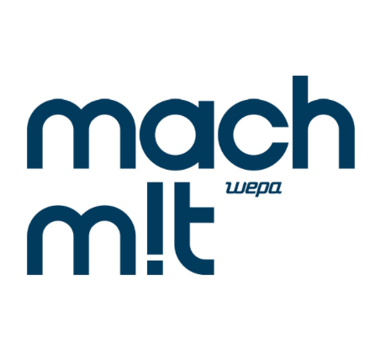



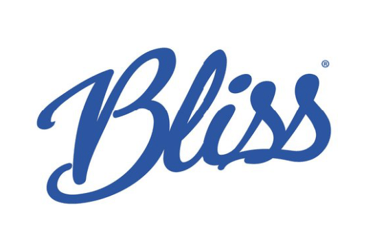

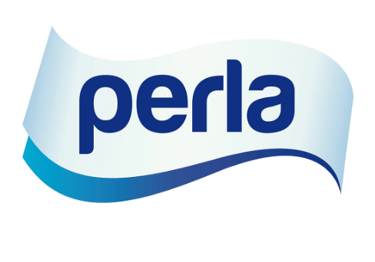




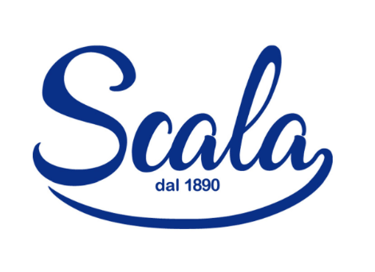












Images Source: WEPA Professional Business Products and WEPA Consumer Products
ENVIRONMENTAL
Material Sourcing: WEPA prioritizes sourcing materials based on scientific evidence that aligns with its commitment to sustainability. The company is a leader in using recycled fibers, specifically from recovered paper and cardboard, which follows the principle of cascade utilization to prevent fresh fibers from being used only once. They recently started using non-wood alternatives such as Miscanthus and paludiculture fibers, which are part of their targeted R&D and sustainability strategy (given their longevity). For the wood-based fresh fibers they still use, WEPA ensures they are sourced responsibly, with 100% of these fibers being FSC® or PEFC-certified.
Material collection from customers: One of WEPAs circularity measures is collecting used cardboards during delivery with certain customers (such as stores or supermarkets), and using them to process their hygiene paper products. Alongside an initiative to collect used hand paper towels from customers' washrooms. Their goal is to have 60% of their sales collected from 60% made from recycled fibres and non-wood fibres by 2030. As of 2024, they are at 33%.
Emissions intensity (Scopes 1,2, and 3): As the company aims to reach net zero by 2040 and reduce emissions of Scopes 1,2, and 3 by 52.5% compared to the base year 2019, their efforts to reduce emissions in an energy intensive production process are ones to look forward to. They use renewable energy which contributes to 72% of their energy mix (aim of 100% renewable energy by 2030), they engage with external green power sources including becoming a part of a green hydrogen project backed by the German Ministry for Economic Affairs and Climate Action, and they use innovative different energy sources, for example their heat pump electrifying heat generation, and the expected implementation in 2025 of their biomass steam from waste wood. As of 2024, compared to the base year, they have reduced 28.64% of Scope 1 & 2 emissions and 12.41% of Scope 3 emissions. As of 2024, Scope 1 & 2 contributed to 39% of their operations, and Scope 3 contributed to 61%.
Water Management: WEPA acknowledges its intensive water use and has therefore made efforts to optimise water efficiency through partnerships with regional universities, which also highlights its proactive nature in collaboration. Their other efforts include partnering with WWF for the Water Stewardship Program and rewetting peatlands through the Alliance of the Pioneers.
Waste Management: They implemented a Zero Waste and Secondary Raw Materials Strategy for all their sites to promote circularity, which is a goal they seem to have had in works to have more defined measures and targets. Their current waste risk score of over medium risk is one they have planned to reduce to low risk by 2030. For example, they turn waste into resources through separating metals and plastics and collecting them for further use, as well as separating inks and fillers from paper to get dewatered paper sludge. Sludge is used in brickworks and ash in the cement industry.
SOCIAL
Collaboration: WEPA's strategy towards many of their goals is through collaboration with different technologically enhanced groups, as well as aiming for cross-sector collaboration to enable circularity in its business practices. One example is through their Venture Capital program that invests in start-ups that are driving towards green tech and green business development, for example, a platform for digital waste management (Resourcify).
Consumer Awareness: their 'Beige is better' campaign creates awareness of the recycled and unbleached hygiene paper product being of the same quality as fresh fibre quality and has an overall lower environmental impact.
Employee Engagement: WEPA has a Code of Conduct that is mandatory for newcomers as well as an annual refresher for employees, specifically management. The Code of Conduct addresses the prohibition of discrimination of all types. Importantly, they also have an implemented whistleblower system in place. They follow directives to support DEI, international labor laws, and equal treatment. Their 'open feedback culture' involves an annual employee survey followed by a corresponding workshop for employees to voice themselves, which is followed up by an action plan. Their engagement tracking index is carried out with an external provider.
Employee Welfare: WEPA Academy provides continuous training for leadership and employees, and on average, that accounted to 4.13 hours per employee for the year 2024. They encourage frequent progress reviews, including the use of the Gallup Strength Test. They offer wellness programs open to physical and mental wellbeing. Their goal is to extend at least one 'get-together' room in all their facilities by 2026.
DEI (Diversity, Equity, and Inclusion): WEPA's diversity metrics presented include male, female, other, and undisclosed representation in the total workforce, top management, persons with disabilities, and type of employment contract. Other metrics involve their representation in different locations (excluding India), pay gaps, and age distribution.
Employees in the value chain: WEPA has a Code of Conduct for business partners that follows the guidelines of ILO, OECD, and UN guiding principles on human rights for their upstream and downstream employee treatment by suppliers and supply chain partners. They conduct ESG risk analysis on their suppliers and track socials, and may conduct on-site audits for any signs of violation. No statistics have been provided. In 2025, they will be using a third-party to conduct on-site audits and ESG training for suppliers.

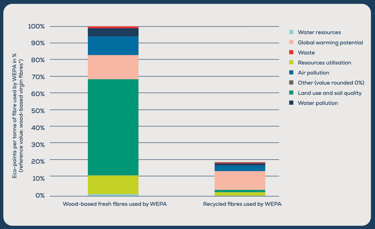
Image Source: WEPA Sustainability Report 2024 page 35
GOVERNANCE
Board and Management: The company has a clear structure of the Supervisory Board and the Management Board. They address the age range of their board, frequency of meetings, and gender diversity of the board, of which there are no female members. Their CEO and their director of sustainability have extensive experience and skills in sustainability and ESG, aside from which they also have an external Sustainability Stakeholder Advisory Council to assist the company with their sustainability and ESG goals. Regarding their frequency of meetings: 'At least 2 meetings take place per calendar half-year' while monthly coordination between board members occurs for a comprehensive overview of the company.
Reporting: Their reporting is done in accordance with EU CSRD and ESRS. As reporting obligations have been postponed, WEPA continues to publish a Sustainability Report in preparation with existing standards, whilst they prepare for mandatory reporting in the future.
Supply Chain Due Diligence: They carefully consider their supplier management process and conduct risk assessments and surveillance of their partners. They evaluate suppliers annually and conduct on-site audits of their pulp suppliers (primarily from Scandinavia, South and Middle Europe, and South America). They also have an established Code of Conduct for their business partners.
Policies: WEPA has an Anti-corruption guideline, Code of Conduct, employee 'Our People and Culture strategy', Whistleblower policy, Sourcing policies through Code of Conduct for Business Partners, amongst others. Policies set by the board are reviewed within 5 years. In 2024, no incidents were reported in their whistleblower channel.
Lobbying: WEPA discloses their membership contribution to lobbying activities related to issues of sustainability, climate change, regulations, and environmental protection.
Packaging: The use of 50% wild plastic for their toilet paper packaging - wild plastic involves sourcing plastic from outside the recycling plants - those that are illegally dumped in landfill sites or nature. They seem to collect some of these from countries outside their operational vicinity, from Ghana, India, and Thailand. They also use 60% of post-consumer recycled content in their plastic packaging. Their long-term goal is 100% recycled fibre-based packaging (higher recyclability) to eliminate plastic packaging.
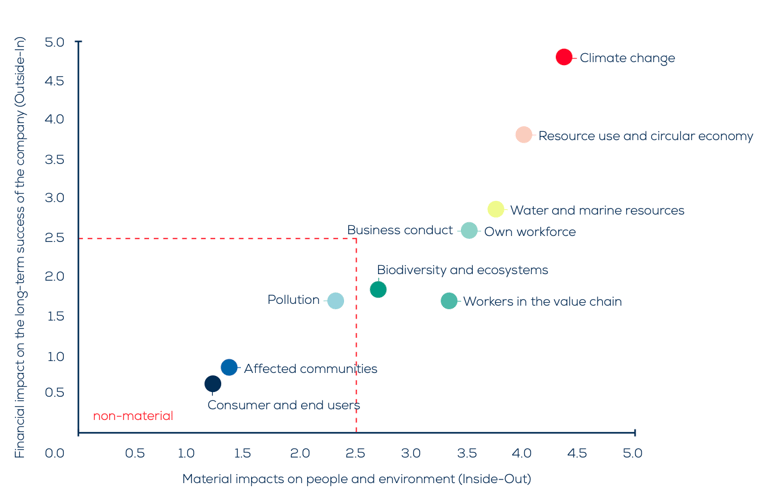

Image Source: WEPA Sustainability Statement Report 2024 page 11
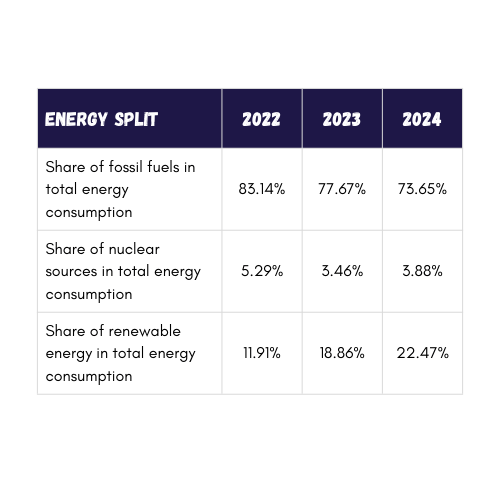

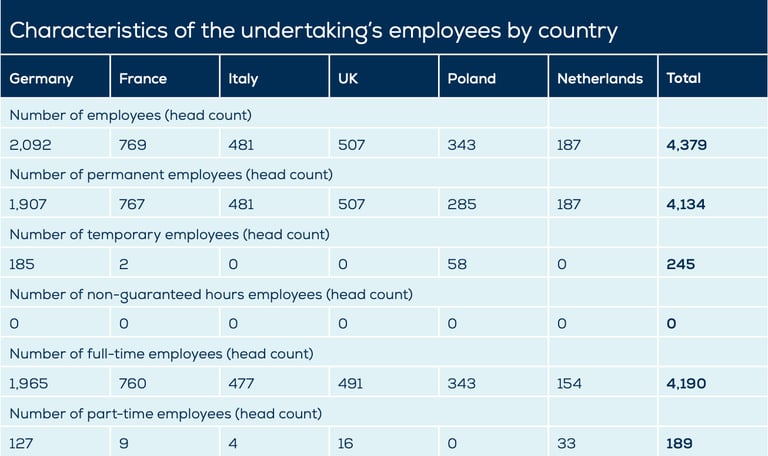

Image Source: WEPA Sustainability Statement Report 2024 page 63
AUTHOR'S NOTE
This report was published on 12th November 2025 at 13.15 CET. The report is presented as a mix starting with an overview of their operations, its CSR initiatives, and a snapshot of ESG activities, and ends with a presentation based on ESRS using a systematic overview. They present interesting interview-based snippets from their sustainability manager and senior employees. It really highlights the values and views of their employees on their ambitions for circularity. Some space filling elements seem to be a little counterintuitive, for example, on page 44. The report clearly seems to stress not only their commitment to sustainability but also the use of scientific backing for their innovation, aside from LCA for existing materials, they also partner with scientific institutions to explore other materials, for example, through paludiculture, and they acknowledge the scale of changes and experts needed for any large-scale implementation.
Highlights from the report that inspires:
A team of independent advisors form their Sustainability stakeholder advisory council.
The employee engagement with the CEO twice a year, with a Q&A segment.
Interview snippets with the senior sustainability team.
Distinguishing the characteristics of employees by adding fields for their undisclosed or other gender diversities (as opposed to reports that only distinguish between male and female.


Image Source: WEPA Sustainability Report 2024 page 54
What we would like to see in future reports:
Addressing current gaps in reporting:
More on water management and addressing detailed emissions on transportation example shipping emissions from wild plastic for packaging.
Employee Engagement results are well noted, but results could be better explained for those not familiar with the rating system of Gallup.
Their plans for compensation of unavoidable emissions.
India workforce diversity is missing from their summary of employees in S1.
Considering their investments through WEPA Ventures, for stakeholders it would be pertinent to understand the extent of their investments and influence in other ventures and how that comes into their future reporting strategy.
Suggested additions or changes to future reports:
There's quite a lot of repetition and or boilerplate in their S1 (Own Workforce) reporting which could be substituted to explain more in their reporting of employee training since there is ambiguity in interpreting the basic summary of their average statistics.
Supplier Due Diligence: On-site supplier audits for supplier due diligence have been noted, more specifics on how frequent or how many of such trips have occurred would be one factor to portray especially considering such information would be available when accounting for emissions from business travel. The data for number of code of conducts signed with suppliers for assurance purposes, and the risk analysis conducted on all their suppliers with a stated level of confidence would be good to show stakeholders, considering some of their suppliers may be from areas with lax regulatory requirements.
Disclosure
This website does not send email alerts, newsletters, or unsolicited subscription requests. All contact is initiated through the contact form, which enables direct communication via personal email for those who wish to engage further.
All users are encouraged to read our Terms and Conditions
